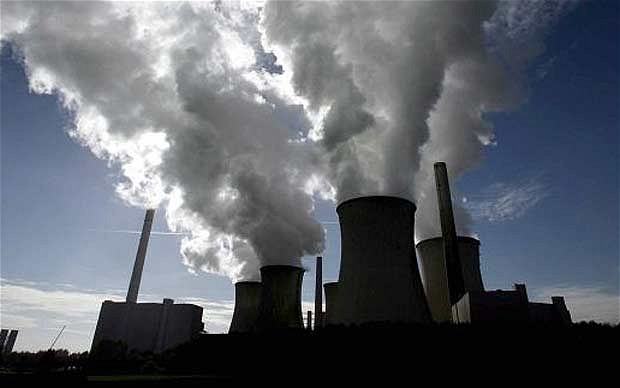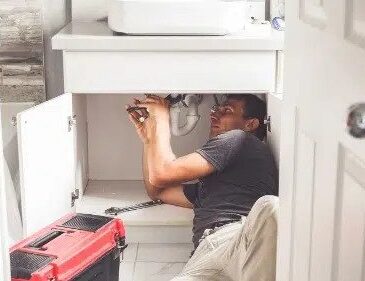
The industrialization age has led to remarkable increases in productivity and wealth, but it has also resulted in serious environmental pollution. In many countries, industries are the major source of air pollution, responsible for emitting a range of harmful pollutants including particulate matter, sulfur dioxide, nitrogen oxides, and greenhouse gases.
While some industrial emissions are inevitable, there are a number of measures that industries can take to minimize their impact on air quality.
When you work with a leading catalyst supplier such as Applied Catalysts, you not only get access to the best air pollution control catalysts on the market but also expert guidance on tips that you can use to reduce pollution.
That’s why we have put together this list of tips for industrial air pollution control.
Top tips for industrial air pollution control
If you’ve been looking for ways to reduce the environmental impact of your industrial operations, here are some top tips:
1. Review your production process
The first step in reducing industrial air pollution is to review your production process and identify opportunities for improvement. Are there any processes that can be made more efficient? Are there any sources of pollution that can be eliminated or minimized?
2. Install the best air pollution control equipment
Once you have identified the opportunity for improvement, the next step is to install the best air pollution control equipment for your needs. This may include catalytic converters, scrubbers, or filters.
When selecting air pollution control equipment, it is important to consider the specific needs of your industry and the types of pollutants that you are trying to control. You will also need to consider the efficiency of the equipment and the impact on your production process.
3. Use the best raw materials
Using the best quality raw materials can also help to reduce pollution. Choose materials that have been produced using sustainable methods and that are free from impurities.
That’s in consideration that using low-quality raw materials can result in increased emissions of harmful pollutants.
4. Implement a strict maintenance regime
It is important to maintain your air pollution control equipment in good working order. This involves regular cleaning and servicing, as well as replacing parts when necessary.
You may benefit a lot from working with a reputable supplier who can provide you with on-site support and advice.
5. Monitor your emissions
Monitoring your emissions is essential for ensuring that your air pollution control measures are effective. Keep track of your emissions levels and compare them to targets. Make sure to adjust your methods if you find that emissions are not being reduced as much as you had hoped.
6. Educate your employees
Make sure that all of your employees are aware of the importance of air pollution control and the part they can play in reducing emissions. Educate them on the methods you are using and involve them in monitoring and improving air quality.
You can even go beyond that and create an air pollution control policy that all employees must adhere to.
7. Be open to new technologies
The fight against air pollution is an ongoing one and there are always new technologies and methods being developed. Be open to trying new things and investing in new air pollution control equipment as it becomes available.
8. Work with experts
Working with experts in the field of air pollution control can be hugely beneficial. They can provide you with expert advice and guidance, as well as access to the latest technologies.
There you go
At Applied Catalysts, we are passionate about helping industries to reduce their impact on the environment. We offer a wide range of air pollution control catalysts, as well as support and advice on how to use them effectively. Contact us today to find out more.





